
Bhatura is a soft, fluffy fried bread that’s best known as the partner to chole (spiced chickpeas). Together, chole bhature is one of the most popular North Indian street foods, served hot from the pan with Indian Pickle and onions on the side.
Unlike puris, which are small and thin, bhature are larger, slightly thicker, and have a chewy bite that makes them perfect for scooping up curries. They puff beautifully when fried, and the golden crust gives way to a tender inside.
Making bhatura at home is easier than it looks, you just need a good dough, some resting time, and hot oil for frying.
Why you’ll love this
- Soft and fluffy with a golden crust
- Perfect with chickpeas, curries, or even by themselves
- Easier than it looks once you know the technique
- A true restaurant-style dish you can make at home
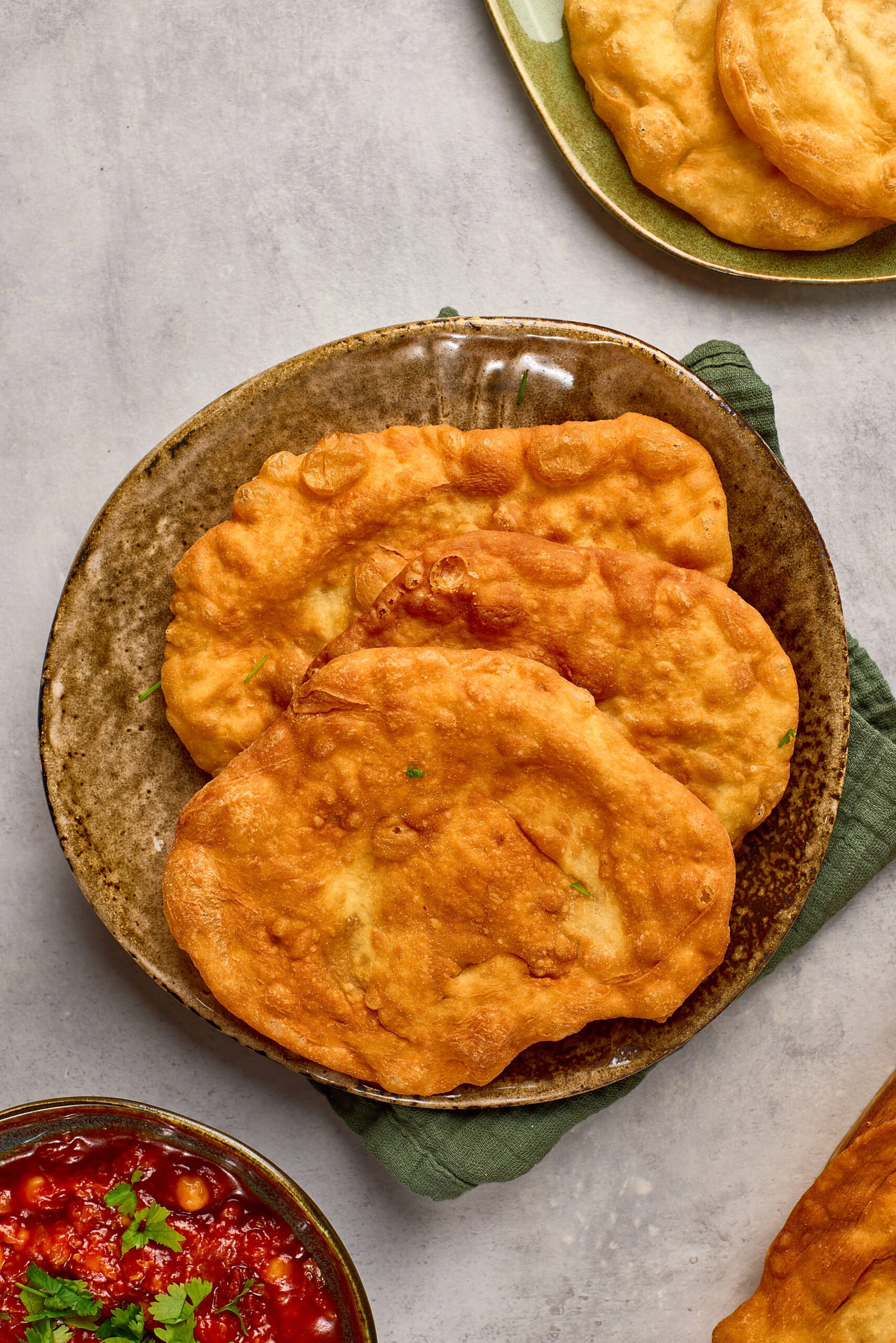
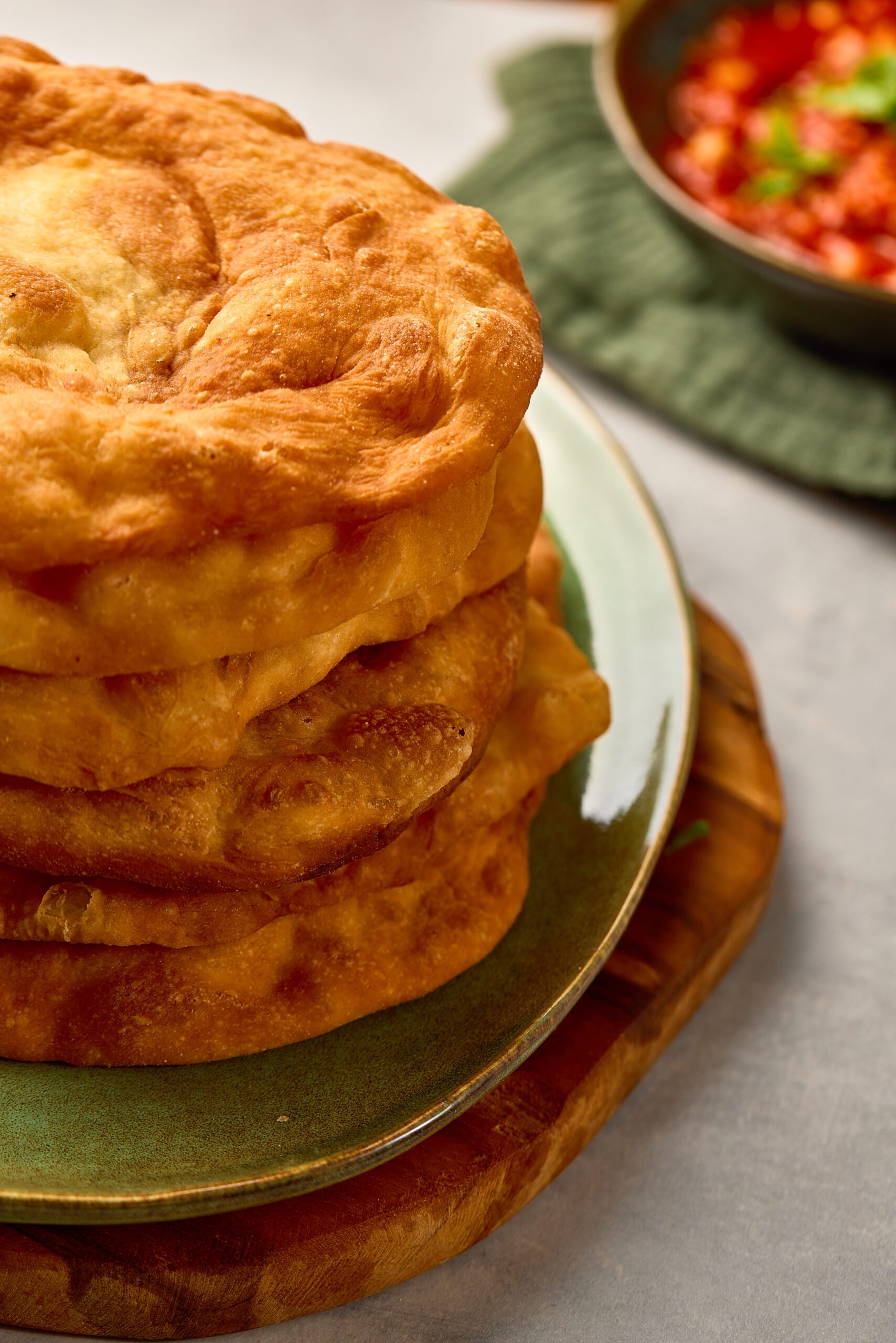

Homemade Bhatura
Ingredients
- 250 g all-purpose flour
- 30 g semolina 2 tablespoons
- 30 g plain yogurt 2 tablespoons
- 5 g sugar 1 teaspoon
- 3 g salt ½ teaspoon
- 2 g baking powder ½ teaspoon
- 1 g baking soda ¼ teaspoon
- 30 ml oil 2 tablespoons
- 120 ml warm water ½ cup, more as needed
- Oil for deep frying
Instructions
- In a large bowl, mix flour, semolina, sugar, salt, baking powder, and baking soda.
- Add yogurt and oil. Mix well.
- Gradually add warm water and knead into a soft, slightly sticky dough.
- Cover with a damp cloth and rest for 2 hours.
- Divide dough into 8 equal balls.
- Roll each ball into a circle about 6–7 inches (15–18 cm) wide.
- Heat oil in a deep pan until hot (about 350°F / 175°C).
- Fry bhature one at a time, pressing lightly with a slotted spoon to help them puff.
- Flip and fry until golden. Remove and drain on paper towels.
- Serve hot with chole and accompaniments.
Notes
- Use half whole wheat flour and half all-purpose flour for a slightly healthier version.
- Replace yogurt with buttermilk or curd if that’s what you have on hand.
- Add a teaspoon of semolina for extra crispness.
- Resting the dough is key, it helps the bhatura puff up beautifully.
- Don’t roll the dough too thin; medium thickness gives the best fluffy texture.
- Make sure the oil is hot enough before frying, test with a small piece of dough that should rise instantly.
- Bhatura dough can rest in the fridge for up to 24 hours; bring it to room temperature before rolling.
- Cooked bhaturas are best eaten fresh but can be reheated briefly on a tawa.
- Avoid stacking hot bhaturas; the steam makes them soggy.
- Serve with spicy chole (chickpea curry) for the classic combo.
- Pair with raita, pickled onions, or a squeeze of lemon for balance.
- Enjoy with mango lassi for a festive meal.
- Add crushed ajwain or kasuri methi to the dough for extra flavor.
- Try baking the bhatura at high heat with a light oil brush for a no-fry version.
- Stuff the dough with mashed paneer or spiced potatoes for a hearty variation.
Nutrition
FAQs
What’s the difference between puri and bhatura?
Puri is a smaller, unleavened Indian bread made from whole wheat flour (atta) and fried immediately after kneading. It is thin and puffs due to steam while frying.
Bhatura is larger, slightly thicker, and traditionally made with all-purpose flour (maida). It typically includes yogurt, baking soda, or baking powder for light fermentation, which gives it a softer, chewier texture.
Can I make bhatura ahead of time?
You can prepare the dough a few hours ahead and let it rest. Light fermentation improves texture and flavor. Bhature themselves are best fried fresh — once fried, they lose their puff and softness over time. If needed, fry and store them wrapped in a clean cloth to keep them soft for a short while.
What flour is best for bhatura?
Classic bhatura uses all-purpose flour (maida) for a soft, fluffy texture and good puff. Some home cooks mix in a small portion of whole wheat flour for structure, but this makes them slightly denser. You can also add a spoonful of semolina (sooji) to help with structure and crispness around the edges.
Can I bake bhatura instead of frying?
Bhatura is traditionally fried, and frying is what causes it to puff fully and develop a soft, airy crumb. Baking does not replicate this.structure or flavor — baked versions may resemble flatbreads rather than bhatura. For a lighter option, you can air-fry lightly brushed bhatura, but results will still differ from the traditional fry.
Why didn’t my bhatura puff?
Common reasons include dough that wasn’t rested enough, oil that wasn’t hot enough, or dough rolled too thin or unevenly. Bhatura puffs best when the dough is soft, rested, and placed in hot oil that maintains temperature.
Bhatura is comfort food at its best; golden, fluffy, and perfect for scooping up curries. Making it at home means you can enjoy a fresh chole bhature feast anytime.
If you loved this Homemade Bhatura, try it with my Roasted Cauliflower Salad and don’t forget a cup of Wagh Bakri Masala Tea on the side. The smoky, spiced cauliflower and bold chai pair beautifully with the richness of the bhatura, creating a meal that’s both comforting and balanced.
If you try this, let me know how it went in the comments. And if you enjoy Indian and Indian-inspired cooking, follow Beyond Chutney for more:


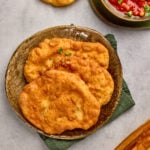
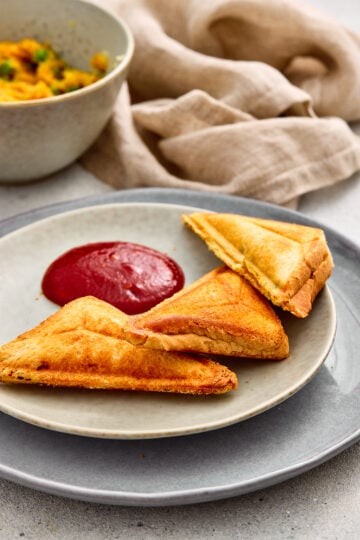

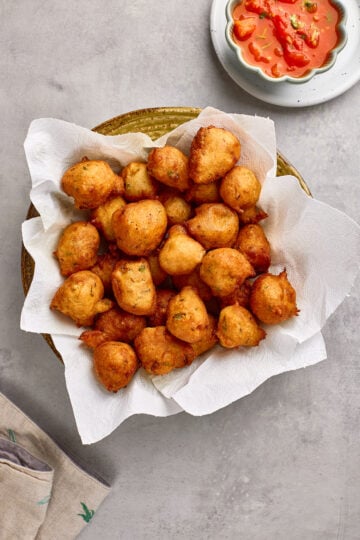
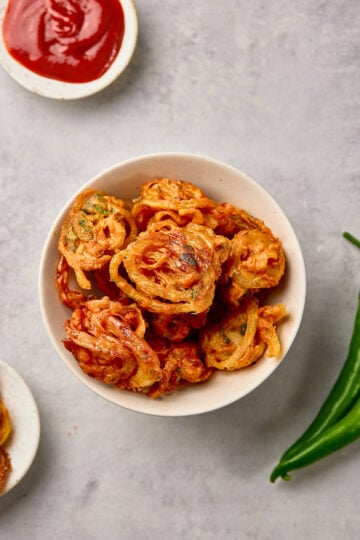
Have a question or something to share? Leave a comment below!